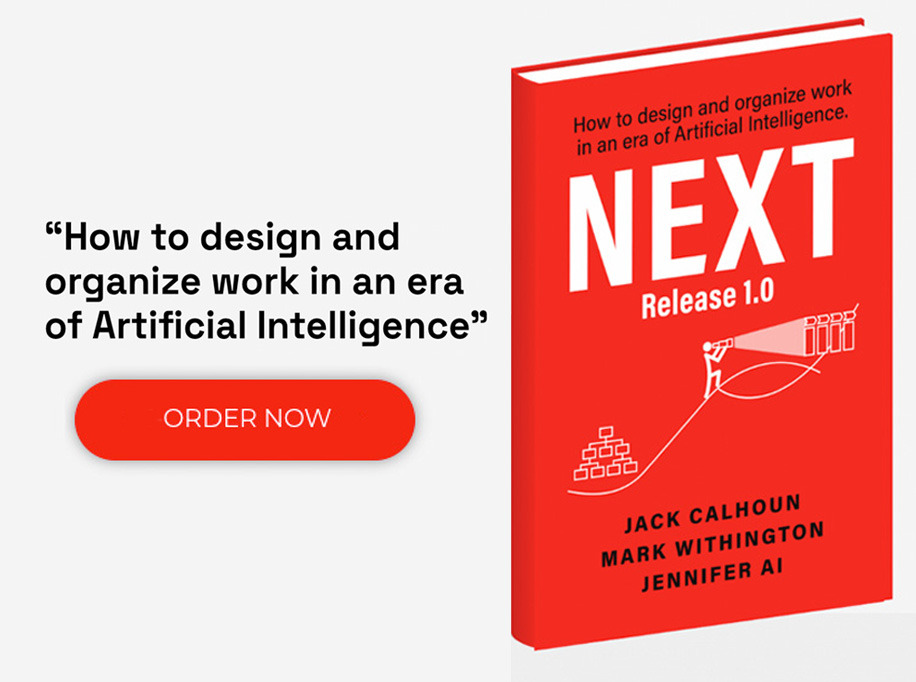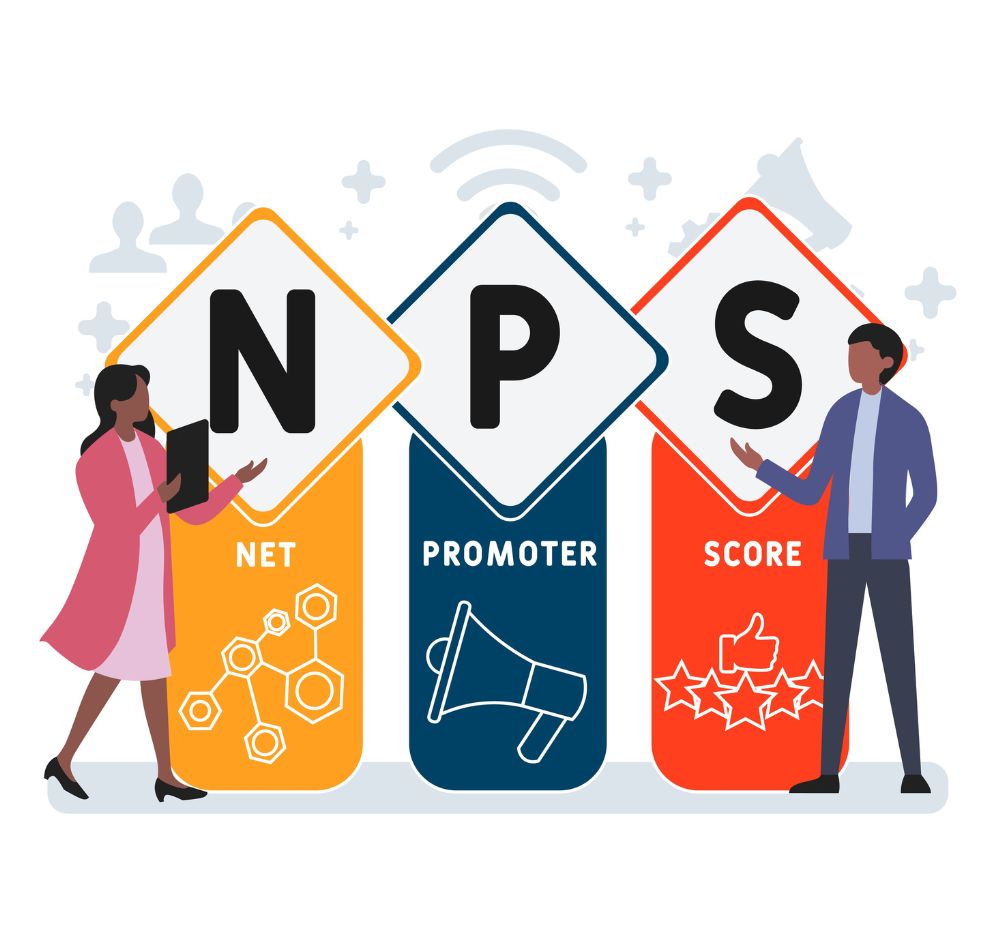The line between customer experience (CX) and user experience (UX) is critical to understand but difficult to decipher. As digital and physical touchpoints converge, organizations must master both disciplines to build truly customer-obsessed cultures. In this guide, we explore the differences between CX and UX, discuss their critical integration points, and demonstrate how Accelare’s frameworks help organizations achieve experience excellence across all touchpoints.
What is Customer Experience?
Customer experience (CX) is the overall impression and relationship a customer develops with a company through all interactions across their journey. It encompasses every touchpoint—from discovering a product or service, making a purchase, using it, receiving support, and potentially becoming a repeat customer. Although related, customer experience goes beyond customer service, as it includes all aspects of a business that influence how customers perceive their interactions with the company. A positive customer experience creates emotional connections, builds loyalty, drives retention, and often leads to customers becoming advocates for the brand.
What is User Experience?
User experience (UX) refers to a person’s overall feeling and impression when interacting with a product, system, or service. It pertains to all aspects of how someone engages with and perceives a design, including usability, accessibility, performance, design aesthetics, utility, and emotional response. The goal of UX is to make products intuitive, efficient, and enjoyable to use based on a deep understanding of user needs, behaviors, and contexts. Successful UX design uses research, prototyping, testing, and iteration to create solutions that balance business goals with user needs.
Key Differences Between Customer Experience vs User Experience
Customer experience and user experience differ in several key ways, though they’re closely related and often complement each other:
- Scope: Customer experience is broader, encompassing the entire journey a customer has with a company across all touchpoints and channels—from marketing to sales, product use, support, and beyond. User experience focuses more on how someone interacts with a particular product or service.
- Timeline: Customer experience spans the entire relationship lifecycle with a brand, potentially lasting years. User experience concentrates more on specific interaction sessions or usage periods with a product.
- Audience: Customer experience applies to anyone who engages with a business in any capacity as a customer. User experience applies specifically to the people actively using a product or service, who may not always be the paying customers.
- Ownership: Customer experience is usually a company-wide responsibility spanning multiple departments. User experience is typically owned by design and product teams focused on interface and interaction design.
- Goals: Customer experience aims to build long-term loyalty and business relationships. User experience aims to make products efficient, intuitive, and enjoyable.
- Metrics: Customer experience is measured through metrics like customer satisfaction scores, Net Promoter Score, retention rates, and lifetime value, although we prefer our Customer Obsession Yield Number (COYN) – more on this below. User experience is measured through usability metrics, task completion rates, error rates, and user satisfaction with specific interactions.
A well-designed user experience contributes significantly to a positive overall customer experience, but the customer experience includes many elements beyond product usage itself.
How Do Customer Experience and User Experience Work Together?
Building a truly customer-obsessed culture requires a holistic approach to experience design. While CX and UX are often treated as separate domains, they function as complementary forces that, when properly aligned, create remarkable value for both customers and organizations.
The Org-Chart Disconnect Affects Both CX and UX
Many organizations struggle with what we call the “org-chart disconnect”—the tendency to parse the end-to-end customer journey into departmental silos, fragmenting the experience across artificial internal barriers. This is the same disconnect that separates UX from CX, with user experience professionals focused on interface design while customer experience teams work on journey mapping and voice-of-customer programs. The result? Disjointed experiences that feel inconsistent and frustrating to customers. From the customer’s perspective, the org chart is totally invisible. They don’t care how you’re organized or who reports to whom. They care about how well your organization has designed its processes, services, and experiences.
Moments of Truth: Where CX and UX Converge
Our Moments of Truth (MoTs) framework identifies the pivotal interactions that shape customer perception. Many of these critical moments occur during direct product or interface interactions—precisely where UX design principles matter most. Consider the Second Moment of Truth (2nd MOT), which occurs when a customer uses your product or service for the first time. This is where expectations meet reality, and your brand promise is either fulfilled or broken. A thoughtfully designed user experience can transform this moment from a potential pain point into an opportunity for delight.
Customer Obsession Yield Number (COYN): Measuring Both CX and UX
The COYN framework measures customer progression through the AIDA(S) journey (Awareness, Interest, Desire, Action, Satisfaction). This approach demonstrates how UX fits within the broader CX measurement system. The Desire and Action yields, in particular, often directly reflect the quality of your user experience. A confusing interface or cumbersome process can dramatically reduce conversion rates, while an intuitive, seamless experience can significantly boost them. Traditional metrics like NPS and CSAT only measure customers who completed the journey. COYN captures those who abandoned along the way—including those who left due to poor user experience, giving you a more complete picture of where improvements are needed.
Customer Obsession Requires Both CX and UX Excellence
Building a customer-obsessed culture requires excellence in both customer experience and user experience. These disciplines must work together, guided by a comprehensive understanding of customer needs, behaviors, and emotions.
Whether proactively designed or not, every organization will deliver a customer experience. All will be memorable, but only some will be enjoyable. The same is true for user experience. By thoughtfully integrating CX and UX principles within the Hi-Def Operating Model, organizations can ensure their experiences are notable and consistently positive across every touchpoint and interaction. This is the essence of customer obsession—putting the customer at the center of everything you do, from your broadest strategic initiatives to your most detailed interface designs. It’s a journey worth taking and one we take pride in guiding our clients through.
Navigate Your Brand’s Customer Experience with Accelare
The journey to customer obsession begins with understanding the relationship between CX and UX—but it doesn’t end there. Turning insight into action requires a strategic partner with proven methodologies and experience.
Don’t leave your customer experience to chance.
To begin, take our free, 4-minute CX assessment to understand your CX across 5 domains and receive a custom report from our team.











